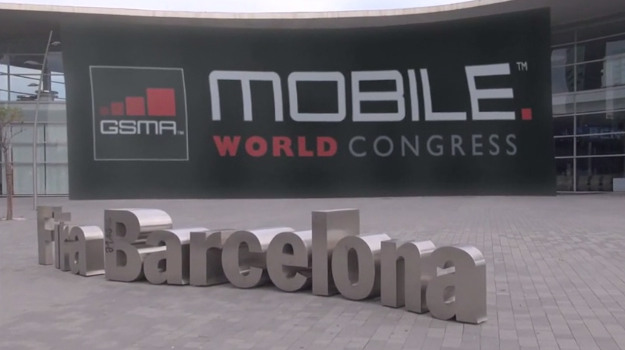
Of the big names attending the show, only Sony took the covers off a truly exciting, internationally available new smartphone – the Xperia Z – while up and comers Huawei and ZTE debuted devices set for release in China. Lenovo then did the same with the slick K900 and Alcatel kept its release schedule secret, leaving it down to U.S. networks to take up the slack, but all we really got was the low-end Samsung Ativ Odyssey for Verizon and the Pantech Discover for AT&T. Hardly the most inspiring collection.
Has CES always been like this though, and we’re just too focused on smartphones not to recognize a decent haul of new devices when we see one? By looking back at last year and the year before, it’s painfully obvious how disappointing this year’s show was for mobile fans. In 2012, AT&T gave us the Titan II and the Lumia 900 – two impressive, big screen phones with 4G LTE connectivity – while Sony had its Xperia Ion and Xperia S on display. Huawei was on hand with the Ascend P1 and the super-slim Ascend P1 S, the former of which – amazingly – has only just reached U.S. shores.
There was also a glut of 4G hardware being demonstrated, including the LG Spectrum and the Motorola Droid Maxx for Verizon, the Samsung Galaxy Attain 4G for MetroPCS, the LG Viper for Sprint, and the Samsung Exhilarate for AT&T. And it was also a smartphone packed CES in 2011. The list is as long as it is exciting, including hardware headed for the major U.S. networks such as the Motorola Atrix 4G and Droid Bionic, the HTC Thunderbolt, the LG Revolution and the HTC Inspire, plus global devices including the LG Optimus Black and the Sony Xperia Arc. Add in quirky phones like the Dell Venue Pro and budget phones from Acer and Huawei, and you’ve got a show filled with phones you actually had a chance of buying, regardless of where you lived.
New MWC venue for 2013
So where were all the phones this year? It’s not as if the industry is dying out, far from it, but it does appear CES was shunned in favor of Mobile World Congress, soon to be held in Barcelona, Spain. MWC is the largest mobile trade show in the world, hosts at least 1,500 exhibitors and last year attracted 67,000 visitors, up by 11-percent over 2011. But why have manufacturers suddenly decided to hold back until the show? One reason could be MWC’s new-for-2013 venue.
Mobile World Congress has shifted to Fira Gran Via, where a venue twice the size of the old one awaits. This has given exhibitors an extra 24,000 square meters of space to play with, complete with improved access and services. While MWC was never short on big announcements, the smaller space and awkward facilities may have encouraged manufacturers to split them between it and CES. This year though, the need may have disappeared.
It’s not just speculation that some of the biggest names in mobile technology have saved themselves for MWC. LG came right out and said it during its CES press conference, while Asus has given several interviews saying the Barcelona event is going to be “Huge” for them. Samsung even said it was going to concentrate on Mobile World Congress before CES started.
Samsung could also partly be to blame for the lack of multiple, big mobile releases at CES, as its dedicated launch of the Galaxy S3 last year – a play it obviously took from Apple – was such a success, it may have encouraged others to try the same tactic. They get more press attention and it most likely ends up costing a lot less too.
Fewer network branded phones announced
Also, it’s worth noting CES 2011 and 2012 were stacked with U.S. only, network branded smartphones. This year, as we’ve already seen, there were only a handful. The biggest selling devices of the past year have been internationally recognized handsets, such as the Galaxy S3, the Lumia 920 and the iPhone 5, with the Nexus 4, HTC One X+, and many other mid-range phones running close behind. Are manufacturers becoming less inclined to indulge U.S. networks’ love of branded hardware that has a limited appeal, or are networks finding they don’t sell well enough to justify even making the deal, now that smartphones are more popular in general? Take away the LG Vipers and HTC Inspires, and CES events of old look far more like this year’s show.
Perhaps the final insult for CES on the mobile front this year is that Qualcomm, Nvidia, ST-Ericsson, Samsung, and Intel have potentially used it to set the stage for MWC, as each one has talked up its exciting new processors, but any new hardware featuring them was nowhere to be found. “Just you wait until next month,” they seemed to say. Thankfully, frustrated smartphone fanatics don’t have much longer to wait to find out what wonders Mobile World Congress will hold, as it begins on February 25, and it’s shaping up to be quite a show.



